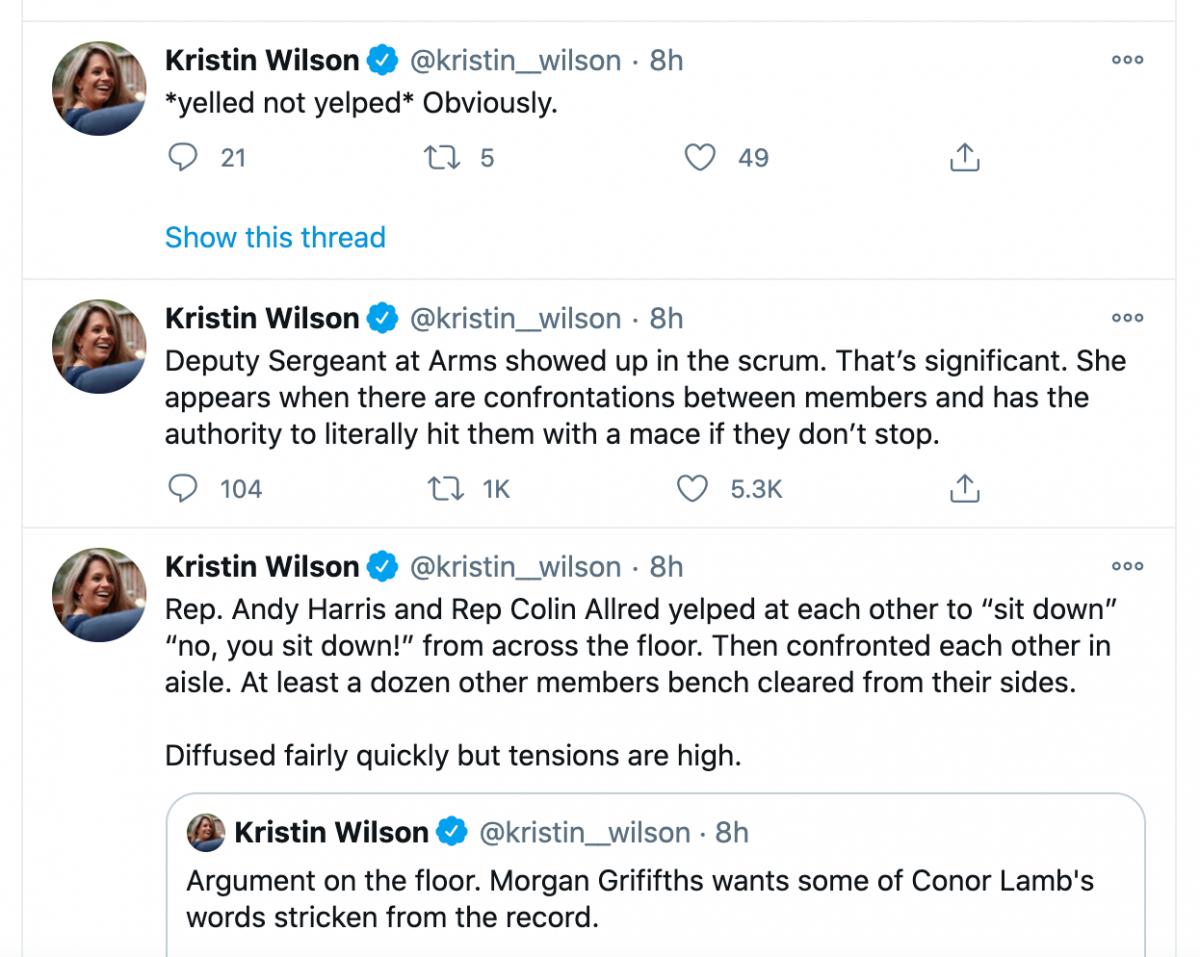The U.S. Census Bureau’s decision to delay releasing population data until fall almost certainly guarantees that Maryland lawmakers won’t redraw the state’s political boundaries before next year, political analysts said on Tuesday.
The bureau originally planned to get results of the 2020 Census to states by March 31. But officials announced on Friday that they will provide it by Sept. 30 instead.
They blamed the delay on the COVID-19 crisis, which made surveying every household in the country, a labor-intensive process that involves millions of face-to-face interactions, more difficult.
Maryland and other states will use the data — once they get it — to craft congressional and legislative boundaries that will be used for the next five election cycles, beginning with U.S. House and General Assembly contests in 2022.
The delay in receiving population data makes it highly unlikely the legislature will meet in special session this fall, according to three people knowledgeable about the process.
Instead, lawmakers will have to tackle congressional and legislative redistricting when they convene in January for the 2021 session.
There is no way to replicate the more generous timeline that lawmakers had in 2011, said Patrick H. Murray, a former chief of staff for the late Senate President Thomas V. Mike Miller Jr., now the top aide to Baltimore County Executive John A. Olszewski Jr. (D).
For that redistricting, then Gov. Martin J. O’Malley (D) announced a redistricting committee in the summer, the committee drafted a congressional map in early October and the legislature convened a special session to consider it later that month, Murray recalled.
Given advances in computer software since the 2011 redistricting, lawmakers and their staffs won’t necessarily need a lot of time to draw new lines, said Daniel M. Clements, a retired lawyer and longtime Democratic activist who has been involved in past redistricting efforts.
But pitched battles that often occur internally — among incumbent members of Congress and the General Assembly over various precincts — can take time to resolve.
The 2022 primary election is set for June 28. And the deadline for candidates to file is Feb. 22.
Assuming it does not get pushed back, legislators will have less than six weeks to conclude a process that is fraught with political intrigue and where emotions can run hot.
“You will have that piece, but the shorter time means they just have to resolve it quicker,” Clements said.
In January, Gov. Lawrence J. Hogan Jr. (R) created a nine-person redistricting commission to study Maryland’s population changes, take public input and draw a set of boundaries that he can submit to the legislature.
The panel will have three Democrats, three Republicans and three voters who aren’t registered with any political party.
Cato Institute senior fellow Walter Olson, a Republican; retired federal judge Alex Williams, a Democrat; and Howard Community College President Kathleen Hetherington, an independent, will serve as co-chairs.
The other six slots will be filled by a group of applicants who put their names forward prior to the Feb. 12 deadline.
Olson would not disclose the number of people that applied, but he described them as “an impressive and diverse group of applicants.”
The governor’s commission will hold statewide hearings once it is empaneled.
Olson said the delay in Census data compresses the amount of time the panel will have to do their work.
“Our work has to be done later and with somewhat more time pressure than would have been predicted,” he said. “We have our assignment, which is to propose maps for U.S. House [districts] and for the General Assembly. Whether a special session occurs or not is not part of our to-do list.”
Speaking on WBAL Radio, Hogan again slammed Democratic leaders in the General Assembly for how they have drawn lines in the past and for rebuffing his efforts to take line-drawing out of the hands of legislators.
He pledged to submit the commission’s maps as his own, “without any influence or tampering.”
“I have the power as governor to draw districts,” he added. After that, he conceded, “it’s a battle between the executive branch and the legislative branch.”
By Bruce DePuyt


